Part of a series of articles titled Curiosity Kit: American Aviation History .
Previous: Learning from Women in Aviation
Article
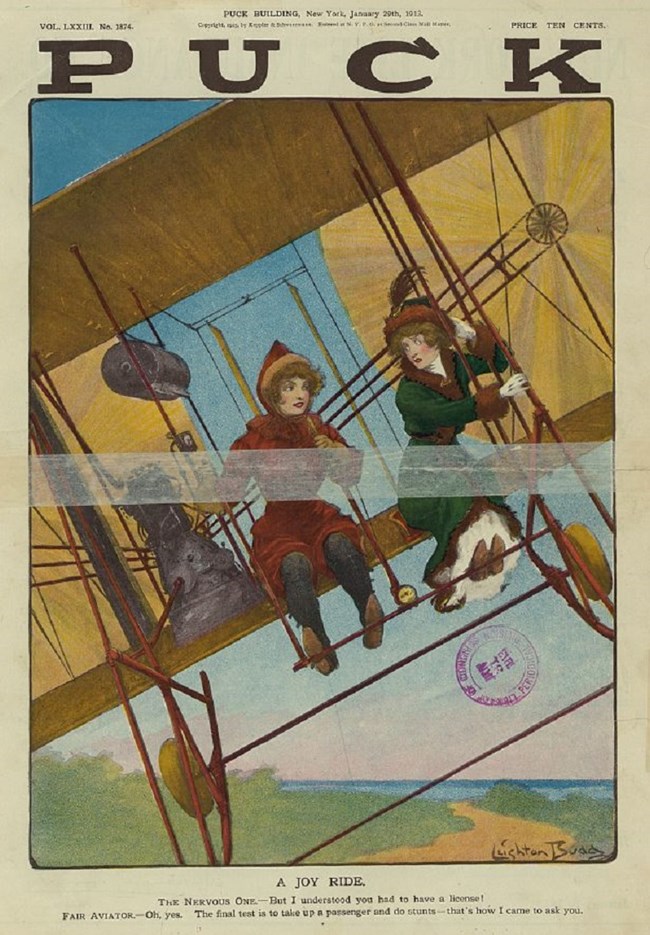
The content for this article was researched and written by Dr. Katherine Crawford-Lackey.
When Wilbur and Orville Wright completed the first human flight in 1903, the world became captivated with the airplane. The brothers sought to sell this new technology to the US military, but the early civilian use of airplanes was predominantly for spectacle. As engineers and mechanics began building and refining aircraft, a number of women and men sought to fly these contraptions. Pilots performed stunts midair to captivate audiences at airshows. Flight eventually evolved into a viable form of transportation, transforming modern society.
Even in the earliest days of aviation, women were not content to sit on the sidelines. They wanted to fly. But some men didn’t think women had the physical or intellectual capability to pilot airplanes. In the United States, there were few places where women could obtain flight training. Discrimination was even worse for Black, Brown, and Indigenous women like Bessie Coleman. An African America and Native American woman born in Texas in the 1890s, she was unable to attend flight school in America. Coleman and a number of other women trained in Europe before starting careers as a pilots in the US. Coleman’s first flight was in an airshow on Long Island, New York. Despite the barriers, Coleman and many other women pursued their dreams of flying.
This article features some of the historic places associated with a few of these brave women pilots. Discover their stories and learn about the challenges they overcame to pursue their careers as aviators.
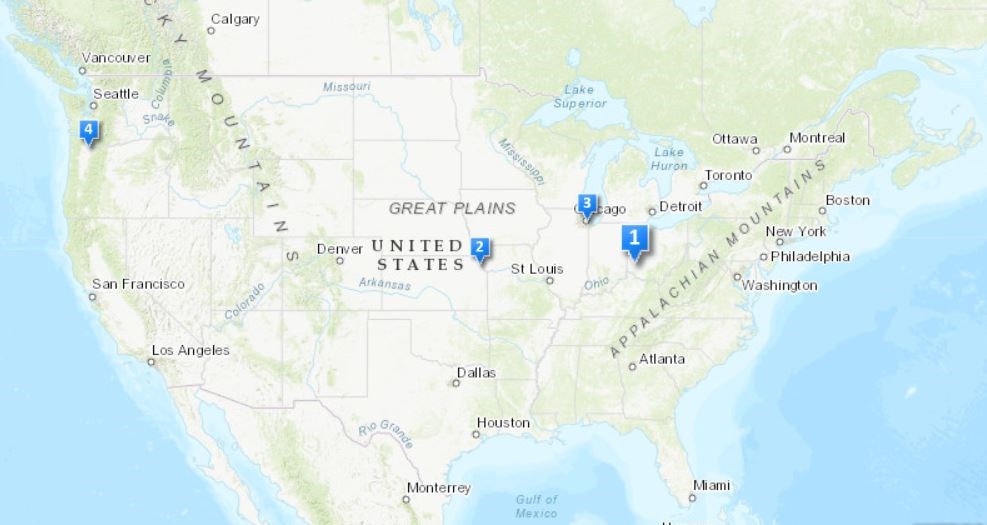
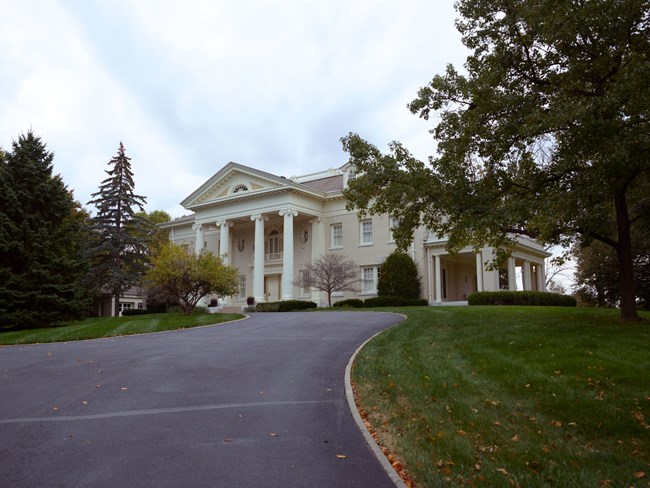
Owners of a small bicycle shop in Dayton, Ohio, Wilbur and Orville Wright became famous for engineering the first full-size, human-carrying aircraft. But they would not have succeeded without the help of their sister Katharine. Not only did Katharine fly on one of the first airplanes, she also managed the bicycle shop while her brothers built their airplanes. She also provided much needed financial support to fund their experiments.
As an adult, Katharine moved into Hawthorn Hill in south Dayton. Wilbur and Orville designed the home with the help of a local architect. Here, Katharine cared for brother Orville after he was injured in an airplane crash. The Neoclassical style mansion was intended as a family home for the siblings and their aging father, but Wilbur died before the house was completed.
Hawthorn Hill was designated a National Historic Landmark in 1991.
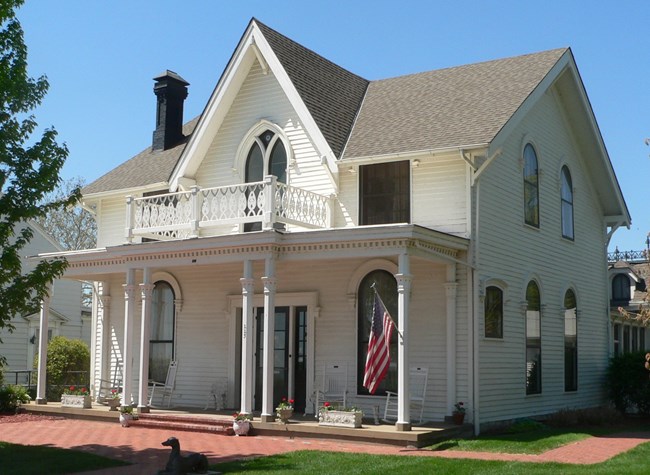
Amelia Earhart was born in 1897 in this Gothic Revival house in Atchison, Kansas. The house belonged to her maternal grandfather, and the Earhart family lived there until Amelia was twelve. Significant for its connection to Earhart, one of the most famous American pilots, the house was listed in the National Register of Historic Places in 1971.
Always curious and eager for adventure, Earhart’s life changed after she took her first ride on an aircraft in 1920. While the recreational flight lasted only ten minutes, Earhart so enjoyed the feeling of flying that she was determined to become a pilot. Saving up money to attend flight school, she became the sixteenth woman in the US to earn a pilot’s license. Over the next two decades, Earhart set a number of records. She became the first woman to fly solo over the Atlantic Ocean, a feat that made her famous all over the world.
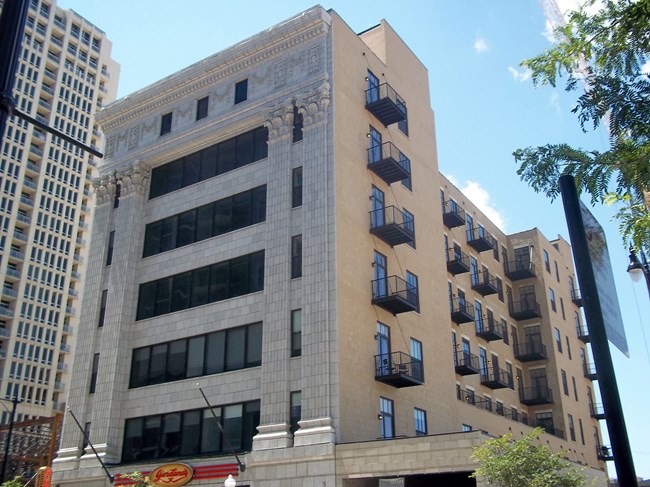
Aspiring Black and Brown women pilots faced even greater challenges than their white counterparts. At first, flight schools in the United States refused to admit African American women. Refusing to give up their dreams of flying, some of these women attended flight school in Europe. For example, Bessie Coleman trained in France. Women like Coleman paved the way for future Black women pilots such as Willa Brown.
Willa Brown, the first African American woman to earn a pilot’s license in the US, was born in Kentucky in 1906. She attended high school and college in Indiana, and eventually earned a Master’s of Business Administration from Northwestern University in Chicago, IL. In the mid-1930s, Brown began pursuing her dream of flying when she enrolled at the Curtiss–Wright Aeronautical University in Chicago. Founded in 1929, the university was the only accredited flight school in the Midwest that accepted African American students. The school was listed in the National Register of Historic Places in 2003. Brown found a close community of Black aviators at the university. For Brown, attending flight school was not simply about learning to fly. She also challenged discriminatory practices against Black and women pilots. She continued this activism until her death in 1992.
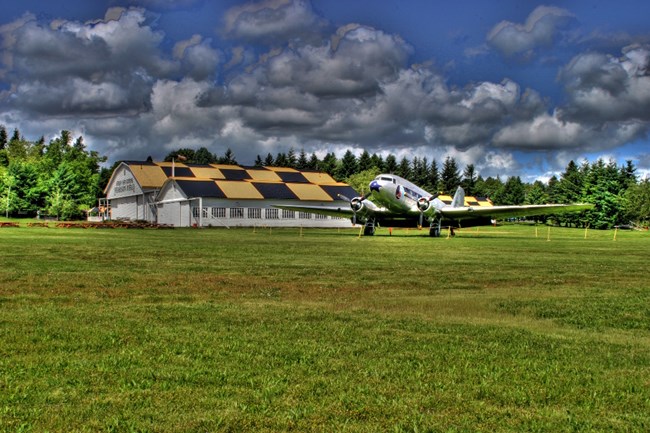
Born in Portland, Oregon in 1907, Leah Hing became the first US-born Chinese American woman to earn a pilot’s license. Her aviation career began by happenstance. When Hing met flight instructor Tex Rankin in 1932, he recruited her to fly as part of a woman stunt group. Rankin also trained other women pilots such as Mary Riddle, the second Native American woman to earn a pilot’s license (Bessie Coleman was the first).
Hing trained and housed her planes at Pearson Field, an airfield that is now part of Fort Vancouver National Historic Site. In 1939, she became a member of The Ninety-Nines, an organization for women aviators founded by Amelia Earhart.
Bibliography:
Alley, Bill. Pearson Field: Pioneering Aviation in Vancouver and Portland. Charleston: Arcadia, 2006.
Douglas, Deborah G. American Women and Flight Since 1940. Lexington: The University Press of Kentucky, 2014.
Gibson, Karen Bush. Women Aviators: 26 Stories of Pioneer Flights, Daring Missions, and Record-Setting Journeys. Chicago: Chicago Review Press, 2013.
Winters, Kathleen C. Amelia Earhart: The Turbulent Life of An American Icon. New York: Palgrave MacMillan, 2010.
National Register of Historic Places nominations for Hawthorn Hill, Amelia Earhart’s Birthplace, and the Curtiss–Wright Aeronautical University.
National Park Service websites referenced:
“And There Were Women,” Tuskegee Airmen National Historic Site. Accessed Feb 1,2021.
Part of a series of articles titled Curiosity Kit: American Aviation History .
Previous: Learning from Women in Aviation
Last updated: July 30, 2021